10 Amazing Health Benefits Of Mace Spice (Javitri)
Besides spicing up your meals, this ingredient can greatly improve your biological system.
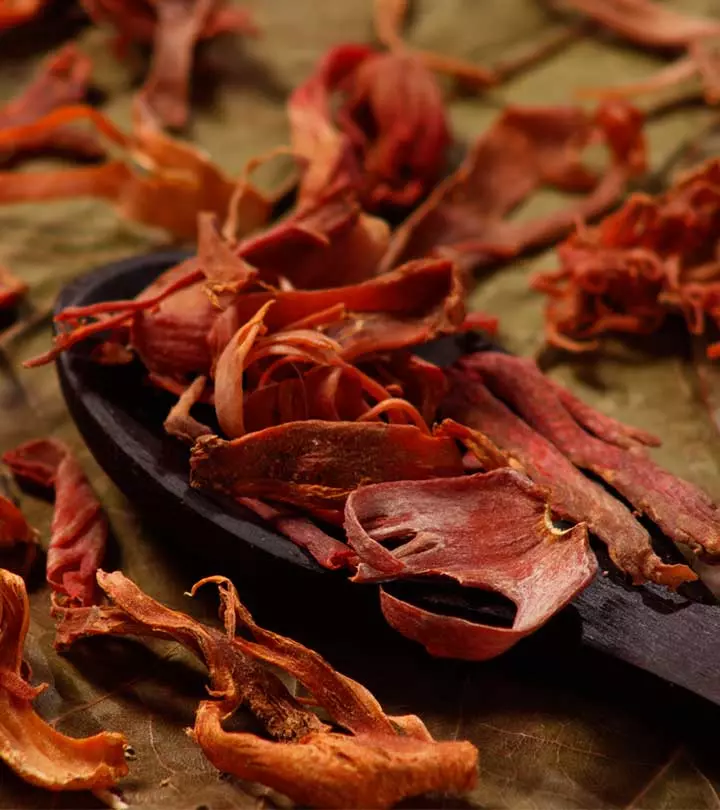
Image: istock
Other than being an important ingredient in your pepper spray, regularly consuming mace spice provides nutrition and benefits your health in the long run. Obtained from the shell of nutmeg seeds, mace is used as a condiment in the cuisine of Asian cultures and to treat pain, nausea , and digestive issues. Its antioxidant and anti-inflammatory properties make it a great addition to your diet. In this article, we take a deeper dive into the health benefits of mace spice and the simple ways to add them to your regular diet.
 Know Your Ingredient: Mace Spice
Know Your Ingredient: Mace SpiceWhat Is It?
A brown and yellowish spice derived from the layer surrounding the nutmeg seed.
What Are Its Benefits?
It reduces inflammation and improves digestion and oral health.
Who Can Consume It?
All except people with a weak immune system and pregnant or lactating mothers.
How Often?
Regularly, in moderation.
Caution
Some individuals may experience dizziness and irregular heartbeats.
In This Article
Health Benefits Of Mace Spice

1. Keeps Your Digestive System Healthy
Mace spice is a herb that offers a large number of benefits, and one of them is keeping the digestive system healthy. Some believe it may relieve bloating, constipation, and gas-related problems. Using mace spice in cooking may also be good for regulating bowel movements – and treating nausea, diarrhea, and flatulence. However, research is limited in this regard.
2. Encourages Appetite
If you feel like you don’t eat enough during the day or are too thin, you should definitely add some mace spice to your diet. You will be amazed at how it can change your eating habits for the better. Mace spice boots appetite (1).
3. Boosts Blood Circulation
Another health benefit of mace spice is its ability to boost blood circulation.
This will keep your skin and hair healthy, and also protect you from dangerous diseases and infections.
4. Stress Buster
This could be surprising to most of you, but mace spice also acts as a stress buster! It effectively eliminates tension and anxiety, and helps you feel calm and peaceful (2). Mace spice relieves mental exhaustion as well. Not just that, this spice can help you pay more attention to work and also increases your memory.
5. Dental Health

Mace spice ensures good dental wellness too. With this, you can eradicate bad breath effectively and protect your teeth from all dental problems. The spice is a natural remedy for toothaches and aching gums and is used in several toothpastes too (3).
6. Protects Kidneys
Another potential health benefit of mace spice is its ability to protect your kidneys. Some believe it may help prevent and treat kidney stones, though more research is warranted in this regard. It also may help treat kidney infections and other conditions associated with kidneys.
7. Cold And Cough
Mace spice can also treat cold and cough! It protects you from flu and viral diseases and keeps your body safe and protected from diseases
(4). It is also used to prepare cough syrups and cold rubs. Mace Spice is also a good remedy for asthma patients.
8. Wonderful Aroma
Mace spice is also known for its amazing fragrance and a wonderful aroma. It is used as seasoning to add more taste to your dishes and fills them with an exotic flavor. It also contains antioxidants, vitamins, minerals and other essential compounds.
9. Anti-Inflammatory Properties

Mace spice is well known for its anti-inflammatory properties (5). It treats joint pains and other inflammatory conditions. Not only that, it is considered effective for treating diseases such as arthritisi Inflammation or swelling of one or more joints that causes pain, tenderness, and reduced range of motion that can worsen with age. and lumbagoi Painful condition that causes lower back pain due to injury to muscles or the ligament because of improper lifting, or poor posture. as well.
10. Traditional Medicine
Mace spice has also been used while preparing Indian traditional medicine. Animal studies have shown antifungal, antidepressanti Medicines used to treat symptoms of clinical depression and anxiety by correcting chemica; imbalances involving neurotransmitters in the brain. , aphrodisiac and digestive properties of mace spice (1), (6), (7).
 Trivia
TriviaThe benefits of mace come primarily from its rich nutritional content. Learn about the nutrients mace contains in the next section.
Key Takeaways
- Mace spice prevents flatulence and bloating and improves your digestive system.
- It improves blood circulation in the body.
- It is also known for its renoprotective abilities and may prevent kidney stones.
- Mace spice is a natural remedy for cough and cold that can prevent one from catching the flu.
Nutritional Information
Here is a detailed nutritional profile of mace (8).
| Nutrients | Amount |
|---|---|
| Water | 8.17 g |
| Energy | 475 kcal |
| Energy | 1990 kJ |
| Protein | 6.71 g |
| Total lipid (fat) | 32.4 g |
| Ash | 2.23 g |
| Carbohydrate, by difference | 50.5 g |
| Fiber, total dietary | 20.2 g |
| Calcium, Ca | 252 mg |
| Iron, Fe | 13.9 mg |
| Magnesium, Mg | 163 mg |
| Phosphorus, P | 110 mg |
| Potassium, K | 463 mg |
| Sodium, Na | 80 mg |
| Zinc, Zn | 2.3 mg |
| Copper, Cu | 2.47 mg |
| Manganese, Mn | 1.5 mg |
| Selenium, Se | 2.7 µg |
| Vitamin C, total ascorbic acid | 21 mg |
| Thiamin | 0.312 mg |
| Riboflavin | 0.448 mg |
| Niacin | 1.35 mg |
| Vitamin B-6 | 0.16 mg |
| Folate, total | 76 µg |
| Folate, food | 76 µg |
| Folate, DFE | 76 µg |
| Vitamin A, RAE | 40 µg |
| Vitamin A, IU | 800 IU |
| Fatty acids, total saturated | 9.51 g |
| Fatty acids, total monounsaturated | 11.2 g |
| Fatty acids, total polyunsaturated | 4.39 g |
| Cholesterol | 0 mg |
Now that you know the nutritional profile of mace spice, go ahead and read one awesome recipe that uses it!
Mace Spice Recipes
Cream Of Chicken Turkey Soup

Ingredients:
- One quarter of chicken and turkey
- One cup of heavy cream
- One-fourth teaspoon of salt
- One-eighth teaspoon of pepper
- One-eighth teaspoon of mace
- One tablespoon of chives or parsley
Steps:
- Boil the broth and add some cream to it.
- Mix well and stir. Keep the heat low.
- Add some salt, pepper, and mace spice for taste.
- Add boiled chicken and turkey and continue for ten minutes.
- Serve hot with parsley.
Spiced Iced Tea

Ingredients:
- 4 cups of water
- 1 teaspoon of whole cloves
- 1 teaspoon of mace
- 1-inch piece of cinnamon stick
- 3 tea bags
- 1⁄2 cup of sugar
- 3⁄4 cup of orange juice
- 1 tablespoon of lemon juice
Steps:
- Mix water, cloves, and cinnamon sticks in a medium-sized saucepan.
- Bring them to a boil and remove from the heat.
- Place tea bags in the boiled spice water.
- Cover the saucepan and steep for ten minutes.
- Combine sugar, mace, orange juice, and lemon juice in another saucepan.
- Bring to a boil and strain the tea into the above mixture.
- Pour this tea into a tumbler and refrigerate it for at least 20 minutes before serving.
Mace spice has other important culinary uses too. Learn more about them in the next section.
Culinary Uses Of Mace Spice

Mace spice is the best in the culinary world. Here are a few mace spice uses.
- You can make sweets, puddings, muffins, cakes, and different kinds of bread with mace.
- It is also used while brewing milk tea or masala milk, primarily because it tastes like pepper.
- Try using mace spice while making pickles, ketchups, curries and sauces.
- Mace spice has often been used while making delicious mashed potatoes, broths, soups and rice preparations.
 Trivia
TriviaDid you enjoy reading the post? Have you tried mace spice? Leave your ideas and comments in the box given below!
Infographic: 5 Health Benefits Of Mace Spice
Mace is not just an essential organic ingredient in your pepper spray; it has a lot of health benefits beyond helping provide crucial assistance in a tricky situation. Check out the infographic below to discover the many benefits of including mace in your daily diet.
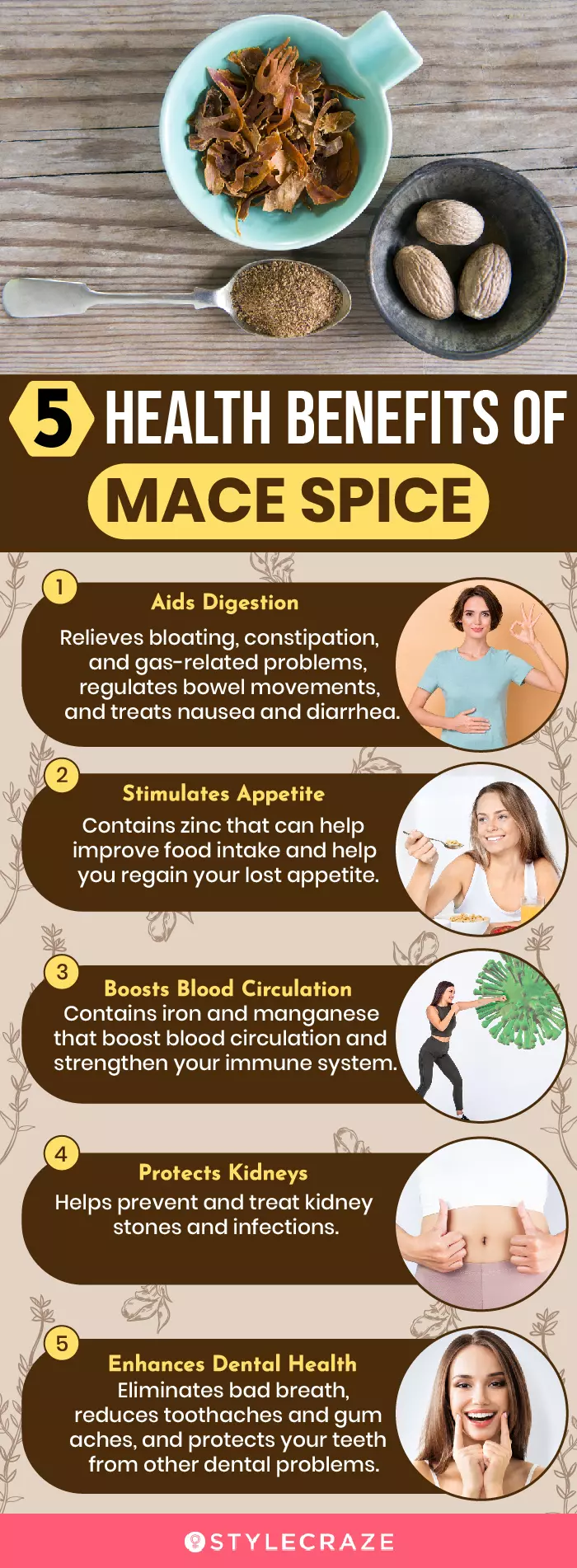
Illustration: StyleCraze Design Team
Mace spice benefits your health in many ways, sharing similarities with the benefits of nutmeg, as both come from the same fruit. It has several antidepressant, anti-fungal, and anti-inflammatory properties. It may aid in digestion, enhance appetite, boost blood circulation, improve dental health, protect the kidneys, improve immunity, and help treat colds and cough. In addition, it has many culinary applications as a condiment and is often found in foods like muffins, cakes, pickles, and sauces. Incorporate this spice into your diet and enjoy its benefits.
Frequently Asked Questions
Is mace spice safe for everyone to consume?
Mace spice is generally safe for most people when used in normal culinary amounts. However, some individuals may experience allergic reactions or gastrointestinal discomfort. Additionally, it is best for pregnant or breastfeeding women to consult a healthcare provider before consuming mace in significant amounts.
Is mace spice poisonous?
No. It is safe to consume moderate amounts of mace spice.
Is mace good for the liver?
Yes. Mace helps manage fatty liver by boosting antioxidant levels, reducing inflammation, and decreasing fat accumulation (9).
Are mace and nutmeg the same?
While nutmeg and mace grow on the same nutmeg tree, they are different. Mace refers to the dried, lacy membrane surrounding the tree’s nutmeg seeds.
Illustration: Amazing Health Benefits Of Mace Spice (Javitri)
_illustration.jpg.webp)
Image: Dall·E/StyleCraze Design Team
Learn about the amazing health benefits and nutrients of mace spice! Watch this video to discover how this spice can help improve your overall health and well-being.
References
Articles on StyleCraze are backed by verified information from peer-reviewed and academic research papers, reputed organizations, research institutions, and medical associations to ensure accuracy and relevance. Read our editorial policy to learn more.
- Chemical diversity and pharmacological significance of the secondary metabolites of nutmeg (Myristica fragrans Houtt.)
https://www.ncbi.nlm.nih.gov/pmc/articles/PMC5222521/ - Phenolic compounds from nutmeg (Myristica fragrans Houtt.) inhibit the endocannabinoid-modulating enzyme fatty acid amide hydrolase
https://www.ncbi.nlm.nih.gov/pmc/articles/PMC7938946/ - Antibacterial Activity of Myristica fragrans against Oral Pathogens
https://www.ncbi.nlm.nih.gov/pmc/articles/PMC3434417/ - Elucidating the Phytochemical and Pharmacological Potential of Myristica fragrans (Nutmeg)
https://www.researchgate.net/publication/340406561_Elucidating_the_Phytochemical_and_Pharmacological_Potential_of_Myristica_fragrans_Nutmeg - Anti-Helicobacter pylori Anti-Inflammatory Cytotoxic and Antioxidant Activities of Mace Extracts from Myristica fragrans
https://www.ncbi.nlm.nih.gov/pmc/articles/PMC7146089/ - Evaluation of the anti–depressant activity of Myristica fragrans (Nutmeg) in male rats
https://www.ncbi.nlm.nih.gov/pmc/articles/PMC4075663/ - Aphrodisiac activity of 50% ethanolic extracts of Myristica fragrans Houtt. (nutmeg) and Syzygium aromaticum (L) Merr. & Perry. (clove) in male mice a comparative study
https://www.ncbi.nlm.nih.gov/pmc/articles/PMC270058/ - Spices, mace, ground
https://fdc.nal.usda.gov/fdc-app.html#/food-details/170927/nutrients - The Protective Effect of Myristica fragrans Houtt. Extracts Against Obesity and Inflammation by Regulating Free Fatty Acids Metabolism in Nonalcoholic Fatty Liver Disease
https://www.ncbi.nlm.nih.gov/pmc/articles/PMC7551042/
Read full bio of Garima Singh
Read full bio of Tanya Choudhary
Read full bio of Ravi Teja Tadimalla
Read full bio of Himanshi Mahajan






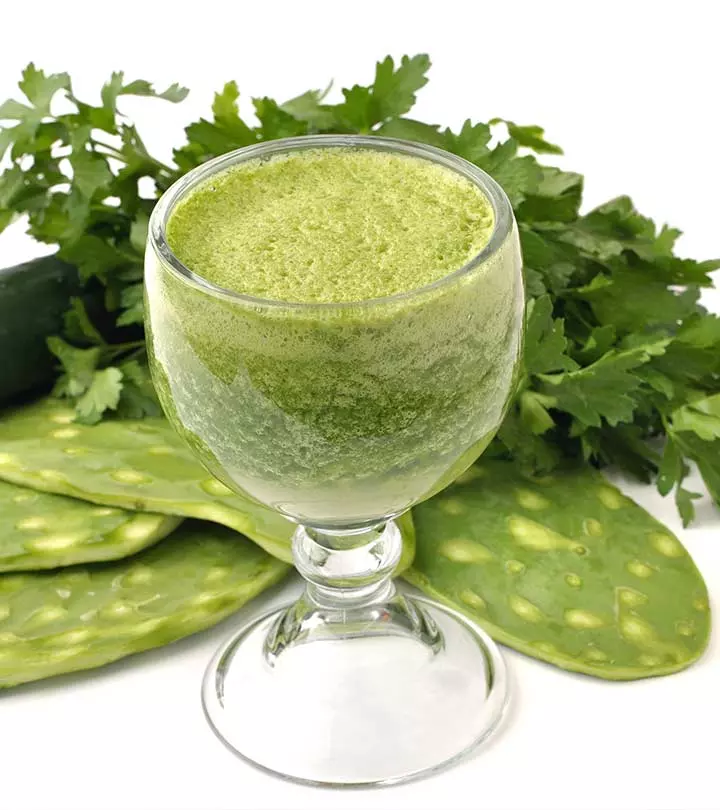
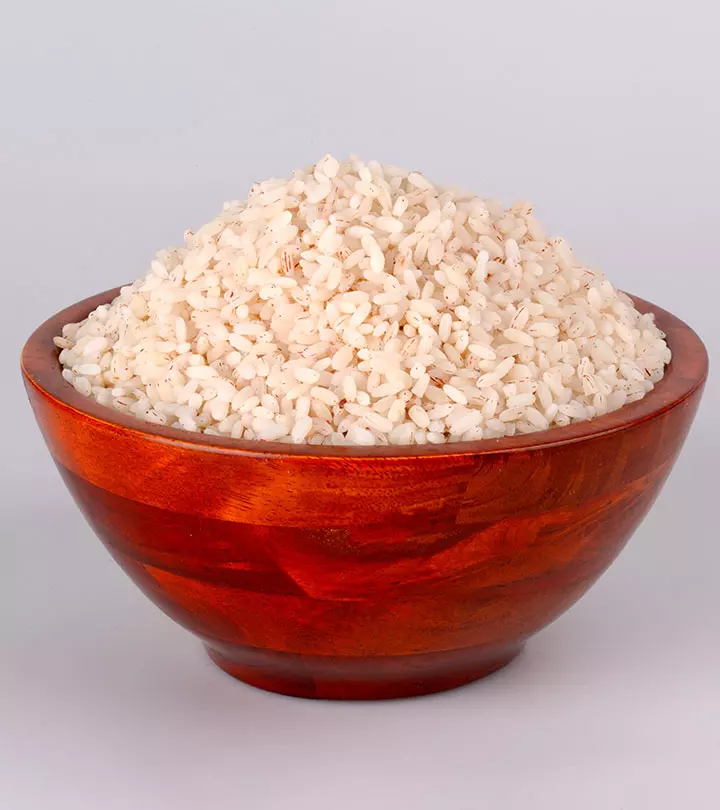
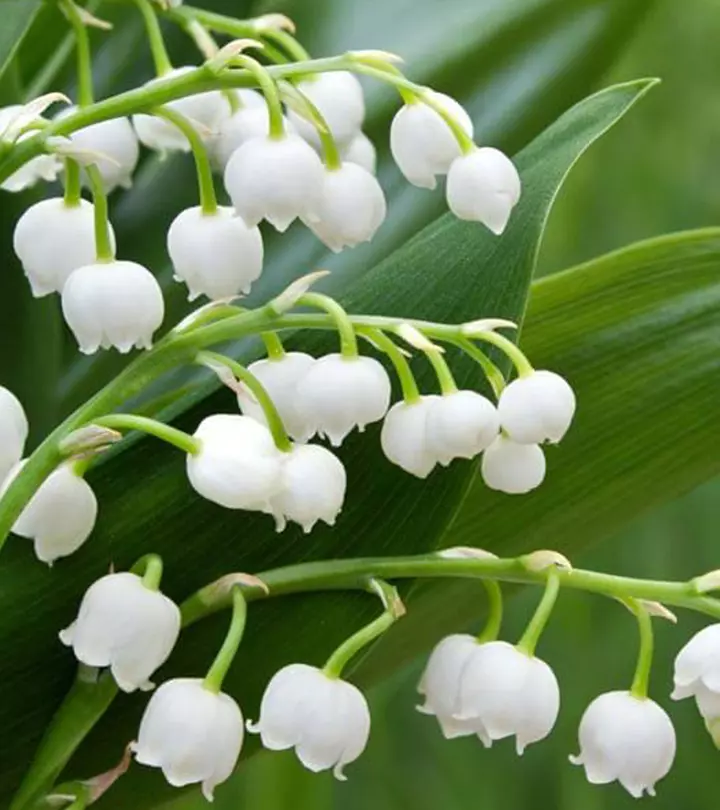
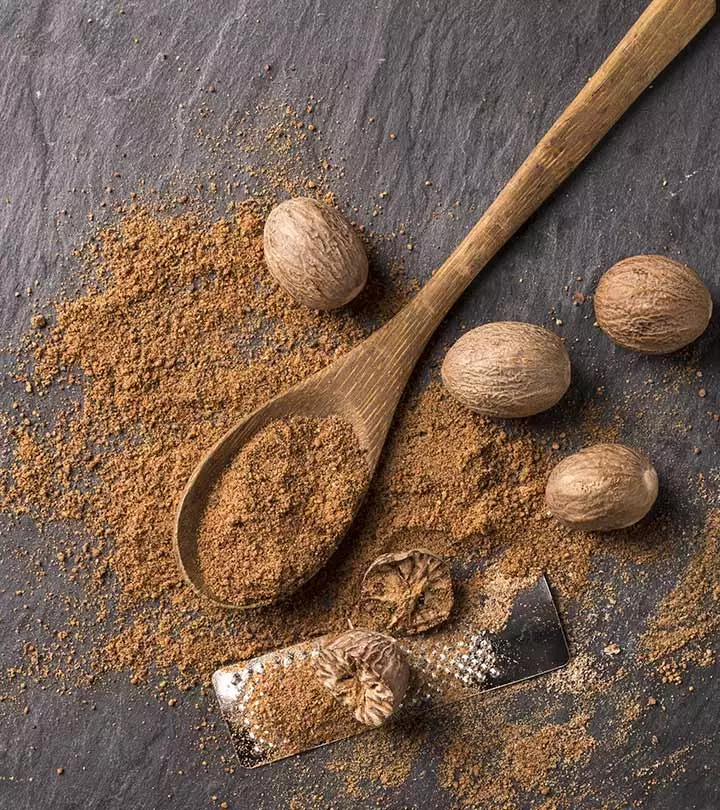
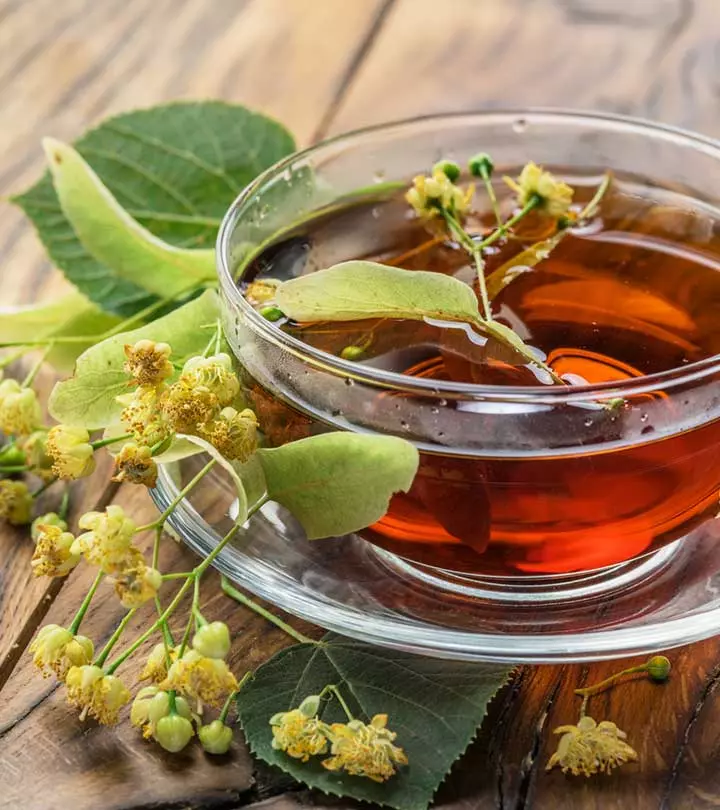
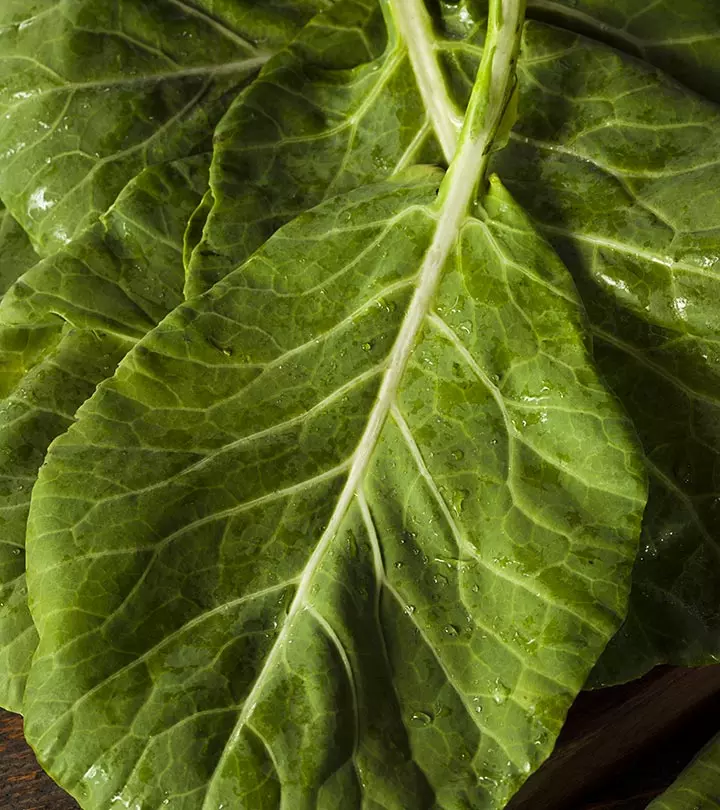
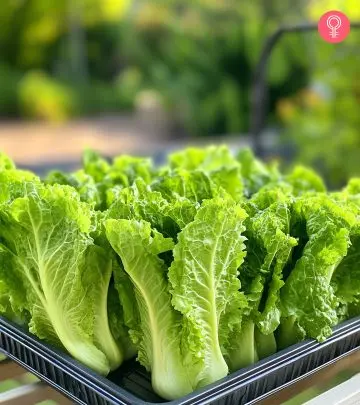

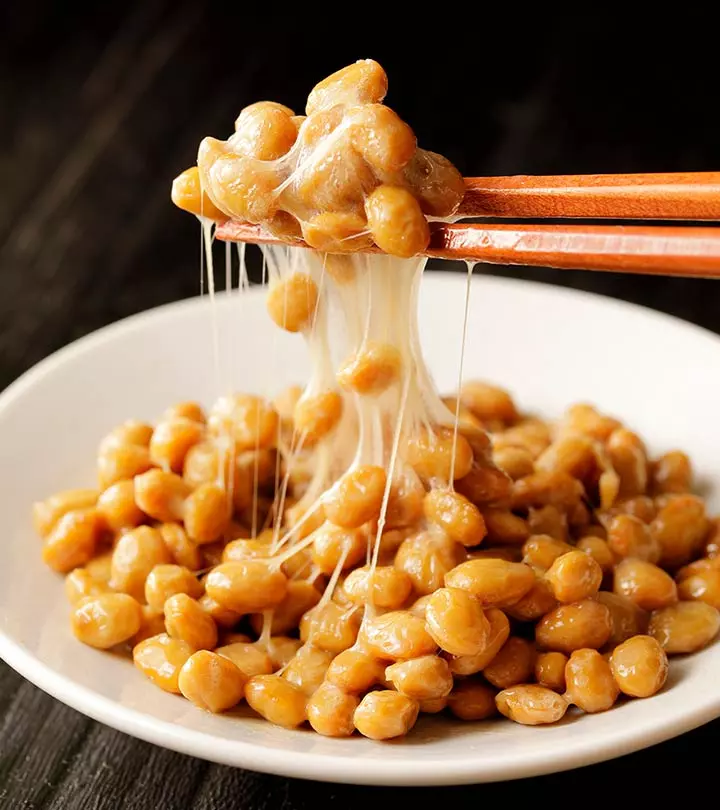
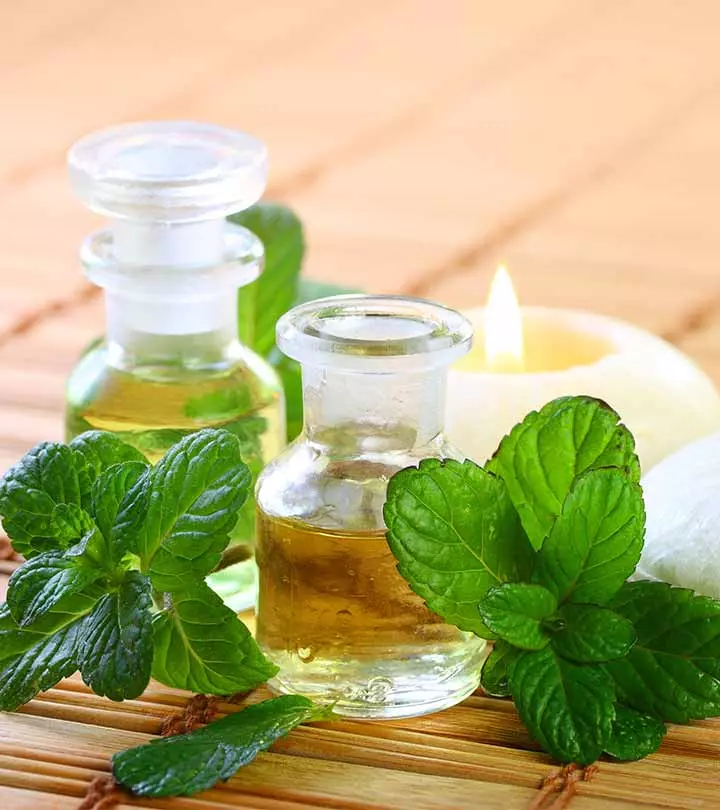
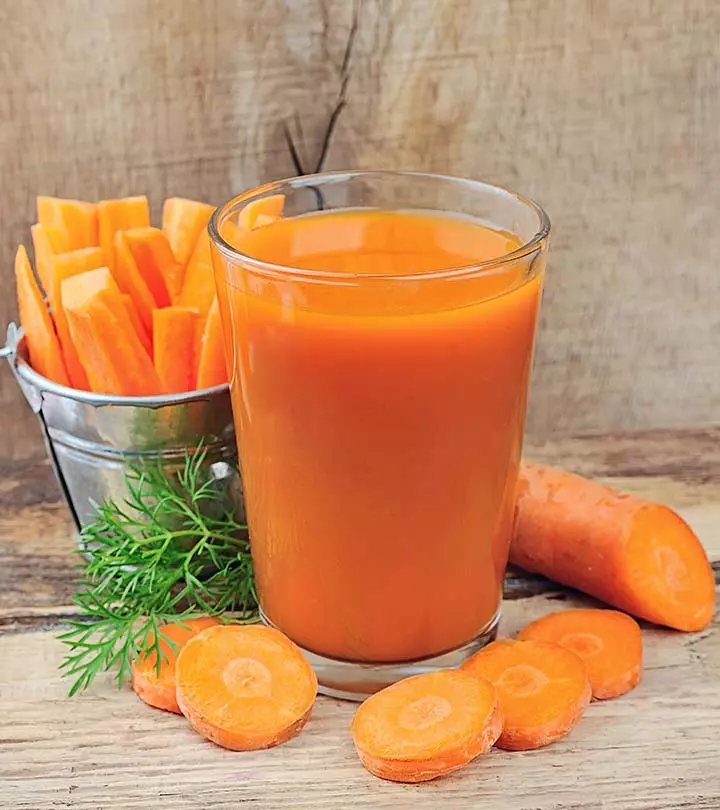
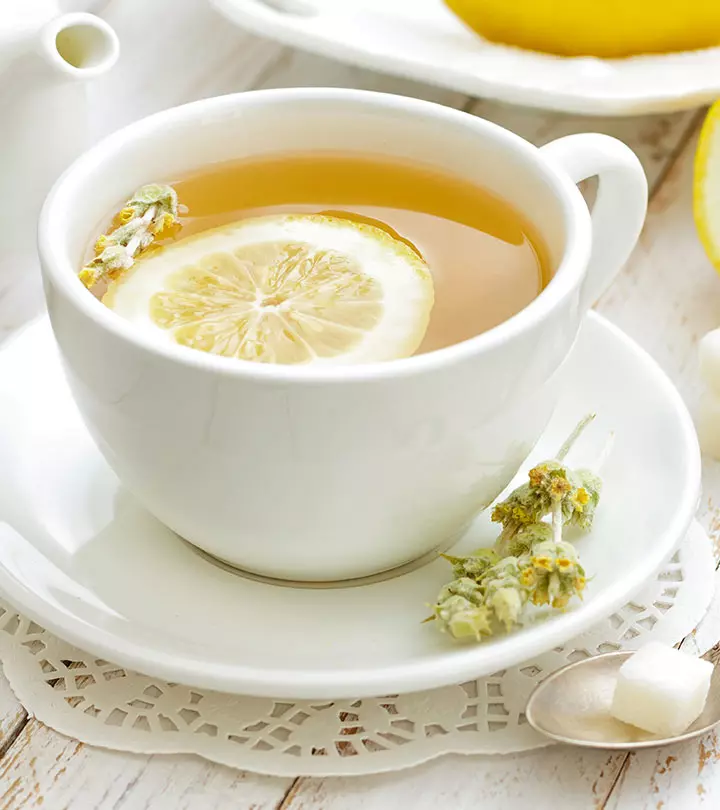
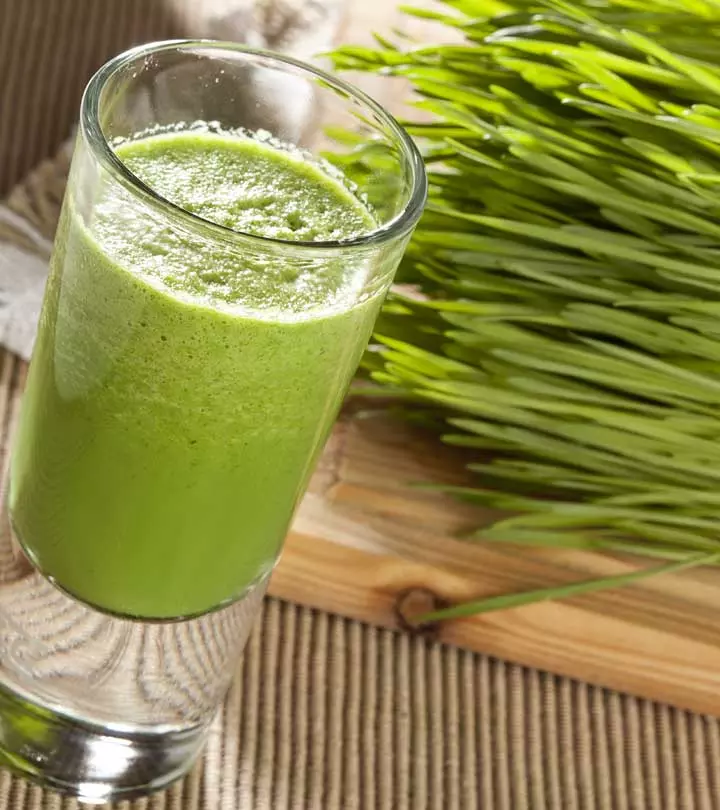
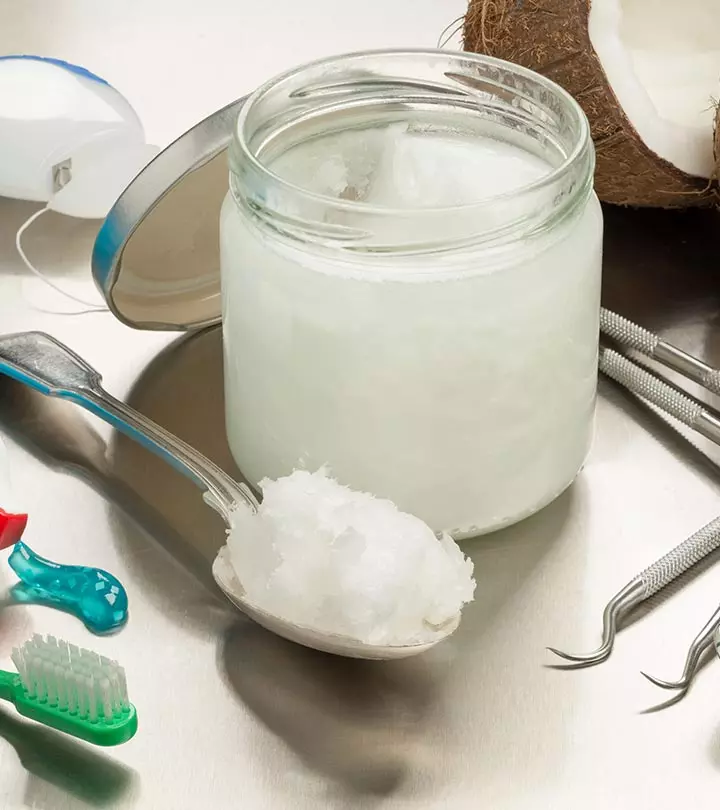

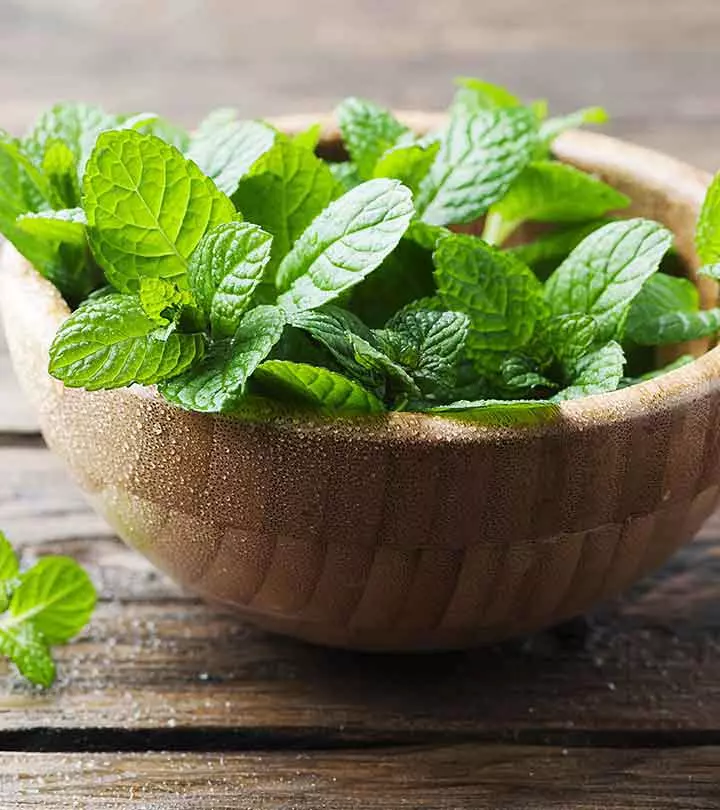
Community Experiences
Join the conversation and become a part of our empowering community! Share your stories, experiences, and insights to connect with other beauty, lifestyle, and health enthusiasts.